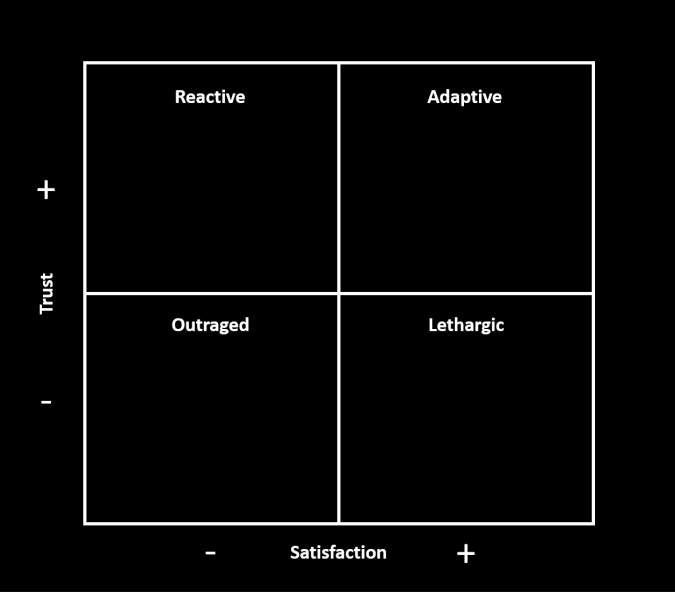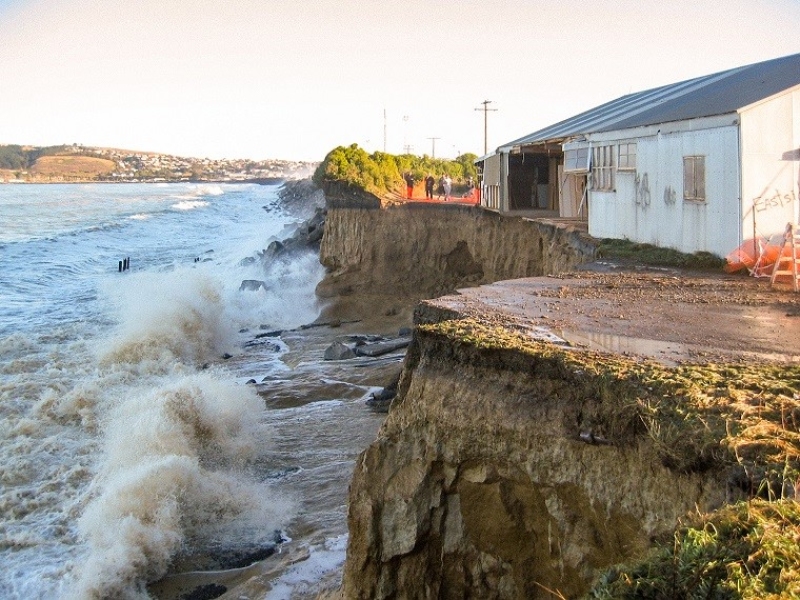Serious games (SGs) are games or simulations that are used for purposes beyond entertainment. They are increasingly recognized for their potential to facilitate exploration and learning associated with complex and highly contested decisions.
Adaptive futures – the game
Adaptive Futures is a 'serious game' designed to introduce players to community-level decision-making and climate change adaptation. The research used to produce the game was conducted jointly through NIWA Taihoro Nukurangi and Manaaki Whenua Landcare Research, and funded by the Natural Hazards Research Platform. The game is programmed using the Twine platform, which combines visual and in-built coding elements with CSS and Javascript to write non-linear 'stories'. The project is published to HTML and hosted on a remote server.
The objective of the game is to protect the Seaview community from the adverse effects of climate change. Doing this will require the player to take actions to adapt to these effects, and their ability to take action depends on support from the community. Maintaining that support means that the player will need to build trust with community members, who experience the effects of climate change differently depending on their own values and location within the coastal space. Therefore, the game requires the player to balance the wishes of the community with the need to mitigate the immediate and long-term effects of climate change.
Different adaptation strategies can be employed which will mitigate the effects of sea-level rise and storm intensity on the community. These include renourishing beaches, building seawalls, and relocating segments of the community. Each of these strategies are described in the game so players can make informed decisions about the actions they can take. Each of these actions requires sufficient funds, and selecting some options may constrain the player's capacity to use other options.
The game is populated by non-player characters (NPCs), each with a location, back story, interests, and values. As the game progresses, NPCs will react to adaptation strategies. The attitude of each NPC is determined by their attitude matrix (see side bar), defined by two variables: trust and satisfaction. The actions of the player will affect an NPC's trust, while the local conditions experienced by the NPC will affect his/her satisfaction.
Ready to play?
Please follow this link to play: https://adaptivefutures.github.io/seriousgames/game.html
Remember:
- You are a decision maker for a New Zealand coastal community
- SLR is causing inundation and coastal erosion
- The pace of change is unknown
- You must work with the community to enable adaptation
- Decisions are made in 10-year blocks
- Decisions have physical, social and economic consequences


